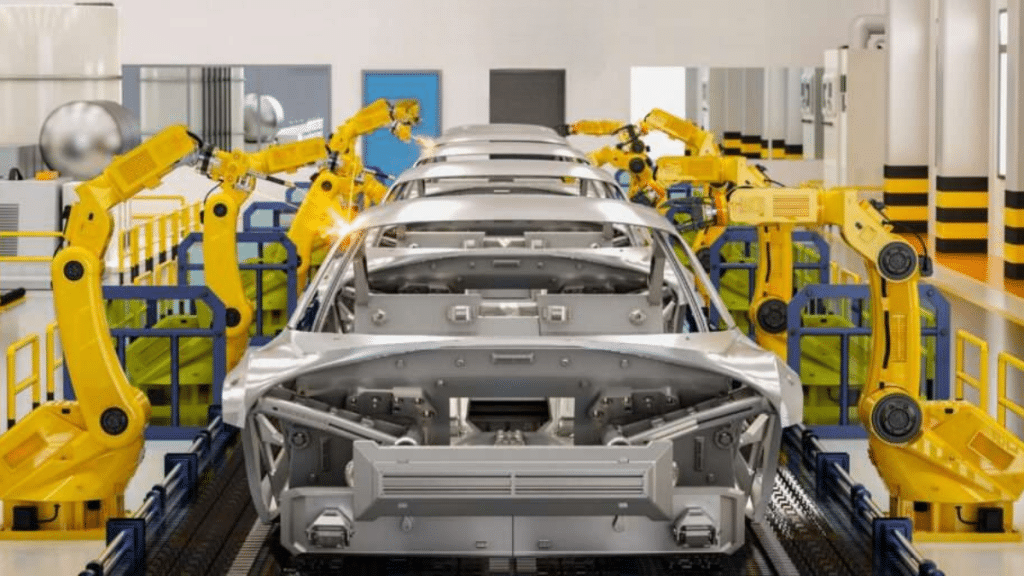The automotive industry has undergone a significant transformation over the years, not only in terms of design and performance but also in how vehicles are manufactured. One of the major changes has been the increasing use of plastic components, which offer flexibility, lighter weight, and lower production costs compared to traditional metal parts. At the heart of this shift lies a powerful technology: plastic extrusion.
Plastic Parts in Cars
Today’s vehicles rely on a variety of plastic parts produced through extrusion. In the automotive sector, extrusion is used to manufacture technical profiles for doors, window seals, weather stripping, decorative trims, and cable ducts. These parts are essential for ensuring comfort, safety, and visual appeal.
Thanks to their flexibility, extruded profiles can be tailored to meet the specific design and structural requirements of a vehicle, as happens with plastic cable ducts that are widely used as a reliable and safe electrical wiring cover. But in addition to safety compliance with the strict standards of the automotive sector, extrusion brings many advantages to this industry. Let’s see the main three.
1. Customised and Tailor-Made Components
One of the key advantages of extrusion in the automotive industry is the ability to customise components. Every car model has unique design specifications, and extrusion allows manufacturers to create parts with different shapes, sizes, thicknesses, and material properties. Whether it’s a sleek trim or a durable door seal, extruded components can be adapted to meet precise technical and aesthetic requirements.
In particular, you should discover more about in-house design departments, that play a critical role in supporting this level of customisation: for every automotive project, the best companies collaborate closely with clients to develop extrusion lines tailored to the vehicle’s design, whether for interiors or external body parts.
2. Reduced Production Costs
In addition to flexibility, extrusion helps reduce production costs. By replacing heavier and more expensive metal components with lightweight plastics, manufacturers can lower both material and transportation costs. Also, the extrusion process itself is highly efficient, especially for large-scale production, making it ideal for the automotive industry’s demands.
The most advanced extrusion systems are built for continuous operation, allowing manufacturers to maintain a high output rate with minimal waste. With the integration of cost-saving innovations in machine design, there’s lower energy consumption and therefore lower operational expenses.
3. Innovative Solutions for Design Complexity
Modern vehicles often feature complex designs that demand precision and innovation. Extrusion technology, especially when supported by constant process innovation, provides the tools to meet these challenges. Unlike other businesses, extrusion companies invest in research and development so that production can match even the most complex design, allowing the clients to maintain extreme freedom in what and how they want their final products to be.
By offering a combination of design versatility, material efficiency, and technological reliability, extrusion has become a cornerstone of modern automotive manufacturing. It not only supports today’s design needs but also paves the way for the vehicles of tomorrow.


